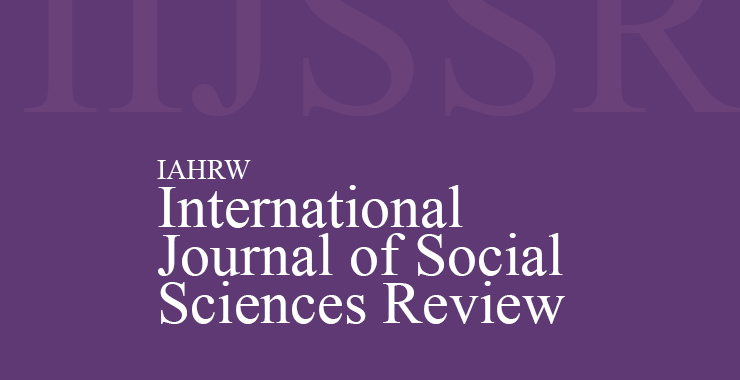Contours of Control: Mapping Gendered Violence Through Comparative Analysis of Iran, India, and Pakistan
Original price was: ₹ 201.00.₹ 200.00Current price is: ₹ 200.00.
Page: 1469-1473
Gurmangeet Kaur Pandey (Department of Sociology, Delhi School of Economics, Delhi)
Description
Page: 1469-1473
Gurmangeet Kaur Pandey (Department of Sociology, Delhi School of Economics, Delhi)
The aim of this article is to understand how violence is not just physical but also includes emotional, psychological, and symbolic dimensions. It can be understood as a tool of control embedded in patriarchy. There is an attempt to dive deeper into how gendered violence is normalised and institutionalised across Iran, India, and Pakistan. While in Iran, laws overtly codify and legitimise gendered violence, in India, progressive laws are undermined by deep social patriarchy where women face emotional and psychological violence more than physical one. Pakistan, as a hybrid regime, often tries to introduce progressive laws but faces challenges and backlash from conservative forces in society, and that is the reason the laws fall short of achieving the desired goals. Intersectionality, structural violence, and state complicity are used as interpretive tools in the essay, and it borrows intellectual frameworks from Veena Das, Kimberlé Crenshaw, Angela Davis, and Sylvia Walby. It is interpreted that regardless of the fact that the legal structures of Iran, India, and Pakistan are different, women’s autonomy is regulated and curtailed. Only the form of violence changes with the change in legal systems and socio-political scenario. Violence ranges from public brutalities to intimate silences. It is concluded that gendered violence is present across all three societies, but different regimes use different methods to sustain it. Religious laws, democratic neglect, and emotional blackmail are just different methods; the motive remains the same that is regulating women’s choices, autonomy, and bodies.

